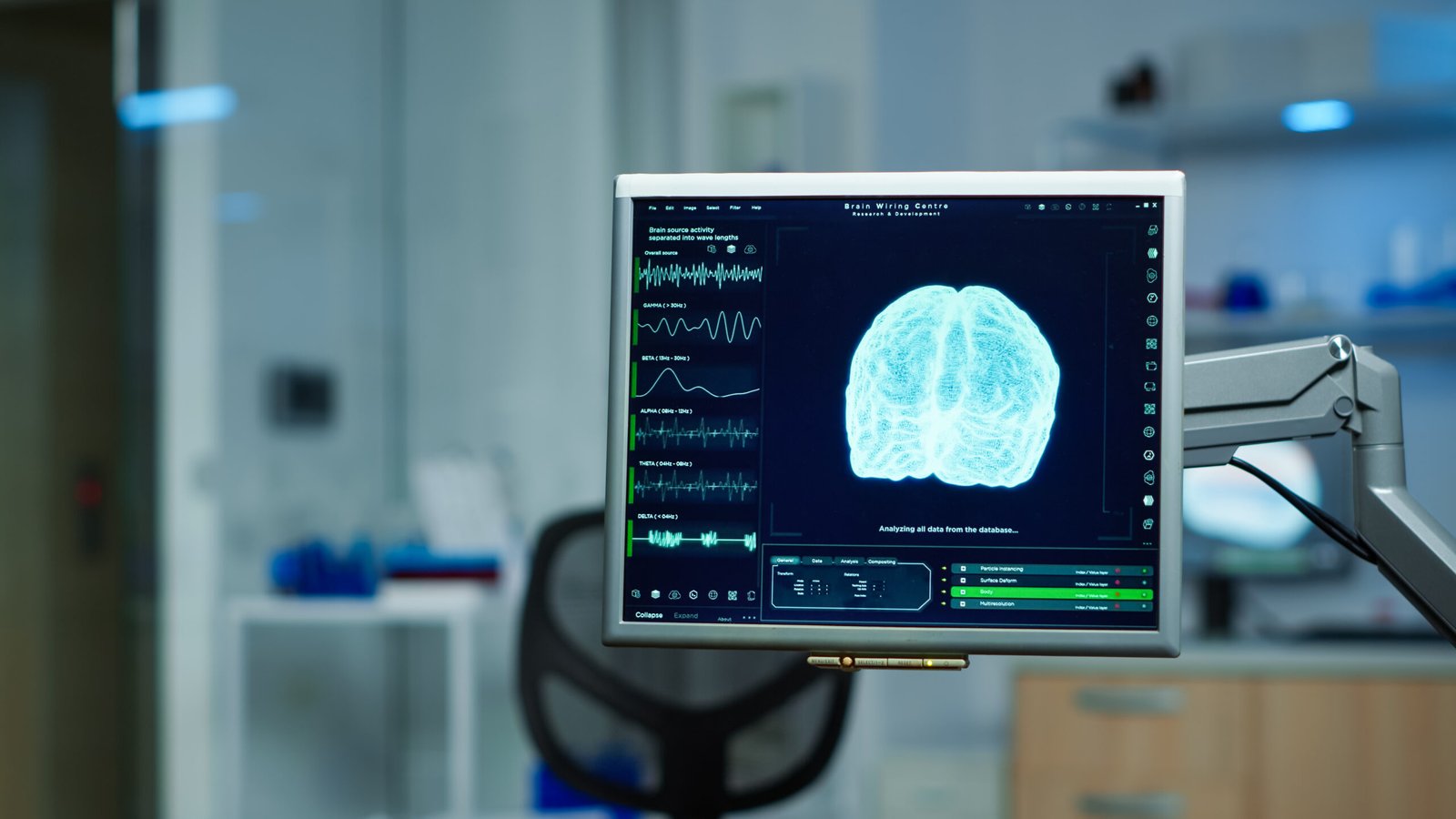Overview
Engineers at the University of California, Santa Cruz, have developed a novel method for time series forecasting that leverages deep learning to enhance seizure prediction accuracy. This approach utilizes data from the near future, resulting in a significant performance improvement.
Key Findings
- The new method offers up to 44.8% improvement in predicting seizures compared to traditional baseline methods.
- This technique is applicable across various fields that utilize time series data.
- The research was published in Nature Communications.
Understanding Time Series
Time series refers to sequences of data points collected or recorded at specific time intervals. While traditional statistical models have been effective in analyzing these patterns, modern deep learning models often lag behind in performance.
Methodology
The researchers introduced a “future-guided learning” technique that employs two deep learning models working in tandem:
- Teacher Model: This model predicts current events using more recent data.
- Student Model: This model forecasts future events based on historical data.
The teacher model informs the student model about real-time occurrences, enhancing its predictive capabilities.
Application in Seizure Prediction
In the context of seizure prediction:
- The teacher model analyzes brain wave data to determine if a seizure is occurring.
- The student model, which looks 30 minutes into the past, predicts the likelihood of a seizure occurring in the next 30 minutes.
This feedback loop allows the student model to refine its predictions based on the teacher’s insights.
Potential for Personalized Medicine
This technique opens avenues for personalized medicine, as it can adapt to the unique brain signal patterns of individual patients. For instance, wearable technology like smartwatches could utilize this method to monitor EEG signals and predict seizures effectively.
Research Outcomes
The researchers tested their method using two EEG datasets:
- From the Children’s Hospital Boston MIT, achieving a 44.8% improvement in prediction performance.
- From the American Epilepsy Society, resulting in an 8.9% improvement even with generalized data.
Additionally, the method showed a 23.4% improvement in a common benchmarking task known as the Mackey-Glass equation.
Inspiration from the Human Brain
The research draws inspiration from the human brain’s efficiency in processing information. The team emphasizes the need to explore cognitive science to enhance deep learning methods further.
Future Directions
The researchers aim to investigate how the brain makes predictions across different timescales, potentially leading to advancements in AI and machine learning applications.
